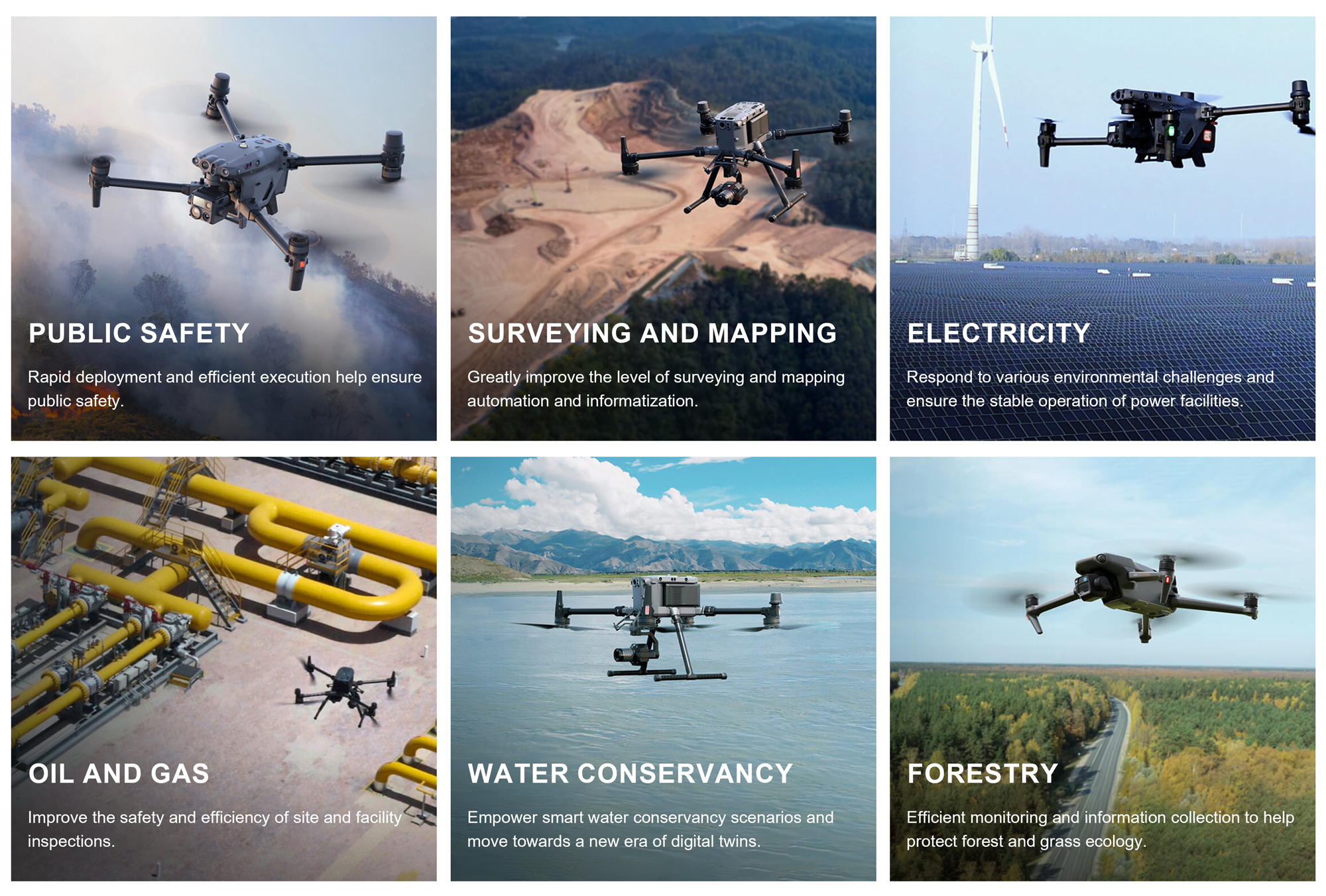Vertical Fixed Wing
Take-off and landing are carried out through vertical lift, and the flight phase is carried out through horizontal flight using the lift provided by the fixed wings.
.jpg?x-oss-process=image/resize,w_100/quality,q_100)
.jpg?x-oss-process=image/resize,w_100/quality,q_100)



A vertical take-off and landing (VTOL) fixed-wing aircraft is an aircraft that combines the characteristics of vertical take-off and landing (VTOL) and fixed-wing flight. The basic principle is to use vertical lift during takeoff and landing, and efficient horizontal flight during the flight phase through the lift provided by the fixed wings. Vertical take-off fixed-wing aircraft are widely used, mainly in the fields of drones, military aviation, logistics and transportation.
◆ Features
Vertical take-off and landing capability
One of the biggest advantages of vertical take-off fixed-wing aircraft is its ability to take off and land vertically in a small space. This feature enables vertical take-off and fixed-wing aircraft to operate smoothly in environments without traditional airports, runways or take-off and landing facilities. It is particularly suitable for scenarios such as urban air travel, disaster relief, and military reconnaissance.
Fixed wing flight
Unlike traditional helicopters, vertical take-off and landing fixed-wing aircraft can perform efficient horizontal flight through fixed wings after completing vertical take-off and landing. This flight mode can significantly improve flight efficiency, reduce energy consumption, and provide greater range and faster flight speed. This gives vertical take-off fixed-wing aircraft obvious advantages in long-distance flights and large-scale transportation.
Switch to flight mode
Vertical takeoff and landing fixed-wing aircraft usually use a unique power system that can smoothly transition between vertical takeoff and landing and horizontal flight. By switching propulsion systems (such as rotors, tilt-wings, or tilt-engines), these aircraft are able to switch between different flight modes, thereby gaining the advantages of vertical take-off and landing and long-term high-speed flight.
High-efficiency power system
Many vertical take-off and fixed-wing aircraft use electric or hybrid power systems, using electric propulsion systems for low-noise, low-emission flight during vertical take-off and landing, and using fuel or hybrid engines to provide more efficient flight when switching to horizontal flight mode. Battery life. This combination of power systems enables vertical take-off fixed-wing aircraft to achieve better flight performance while meeting environmental protection requirements.
Low noise and low emissions
Compared with traditional helicopters, vertical take-off fixed-wing aircraft produce less noise during take-off, flight and landing, and their emissions are more environmentally friendly. Since many aircraft use electric or hybrid power systems, their energy conversion efficiency is high and can significantly reduce the emission of harmful gases, thus meeting increasingly stringent environmental protection requirements.
◆ FAQ
How to maintain a drone?
Maintaining a drone requires regular inspection and care. First, make sure the battery stays charged and avoid overcharging or discharging. Clean the fuselage, propellers, and camera regularly to remove dust and debris. Check the propellers for cracks or damage and replace them in time. Calibrate the gyroscope and GPS before flight to ensure stability. After flight, check the battery, motor, and control system to confirm that there are no abnormalities. Update the firmware regularly to ensure the latest performance of the device. In addition, avoid flying in adverse weather conditions to extend the life of the drone.
What is the safe operation guide for Drone?
First, make sure you are familiar with local laws and regulations before flying, and avoid flying in no-fly zones. Maintain line of sight during flight to avoid loss of control or signal. Check the status of components such as batteries, motors, propellers, etc. to ensure that the equipment is in good condition. Avoid strong winds, heavy rain or thunderstorms during flight to ensure stable flight. Comply with flight altitude restrictions to avoid collisions with buildings or people. Calibrate GPS and gyroscopes regularly to ensure accurate navigation. Finally, shut down the drone in time and store it properly after the flight.
How to extend the life of drone batteries?
The key to extending the life of drone batteries is to avoid overcharging and over-discharging. Before each charge, make sure the battery is between 20%-80% and do not wait until the battery is completely exhausted. Use the original charger and avoid using non-compliant charging equipment. Avoid flying in extreme temperatures, especially in overheated or cold environments, as high temperatures will accelerate battery aging. Use the battery regularly and avoid leaving it for too long when not in use. Charge it promptly after the flight to avoid the battery being in a low power state for a long time.
◆ Industry Applications

◆ Company Profile
Jiangsu Legend Intelligent Technology Co., Ltd. is a professional UAV industry application solution service provider. Relying on a complete service system and a good cooperation mechanism, it has become a deep partner of DJI industry applications.
Based on DJI industry application series products and relying on the East China UAV base, we build an ecosystem and six centers to provide customers with multi-dimensional and all-round solutions from top-level design to landing services. Help the fields of public security fire protection, power inspection, surveying and mapping infrastructure, urban management, etc., liberate productivity, reshape productivity, and build a link between technology and services.
Since its establishment, Jiangsu Legend Intelligent Technology Co., Ltd. has obtained various qualification certificates in the industry, and has become an industry leader through continuous in-depth exploration and exploration of the UAV field. It has established long-term strategic cooperation relationships with government and enterprise units such as Nantong Rudong Environmental Protection Bureau, Nantong Rugao Environmental Protection Bureau, Yancheng Funing State Grid, and Shandong Linyi Urban Management Center. It has continued to grow in solving practical problems, and gradually formed a win-win concept with cutting-edge technology as a technical means and personalized customization as a service purpose, to help the healthy and sustainable development of society. In the future, the company will continue to invest in research and development to increase its comprehensive competitiveness and actively deploy high-tech enterprises.

.jpg?x-oss-process=image/resize)
.jpg?x-oss-process=image/resize)




